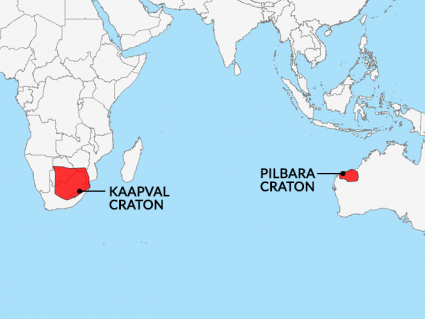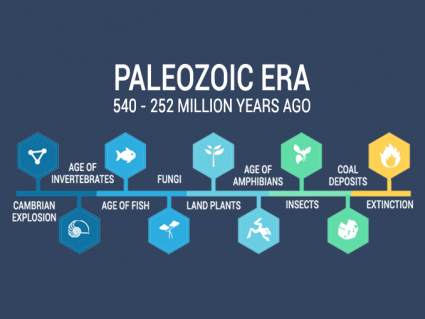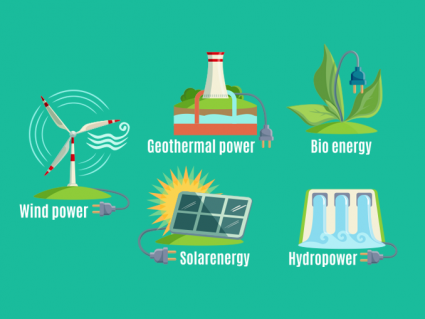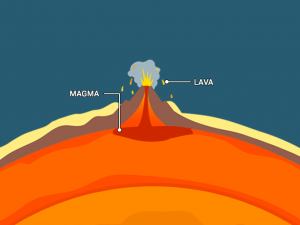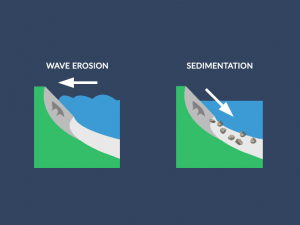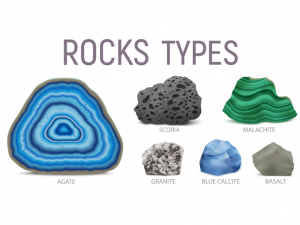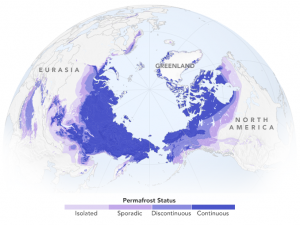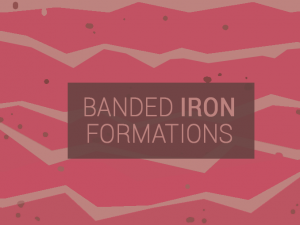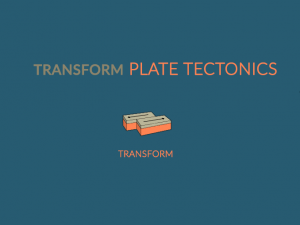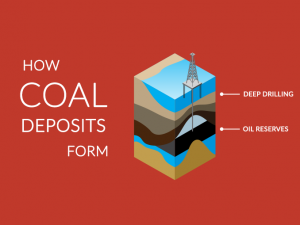How Do Sedimentary Rocks Form?
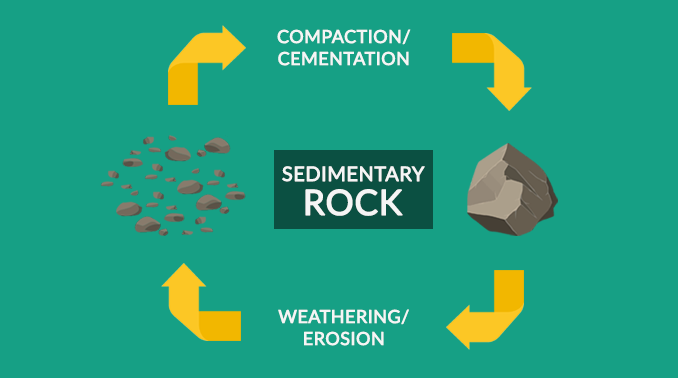
How Do Sedimentary Rocks Form?
Sedimentary rocks form from two key processes:
- First, compaction squeezes material together.
- Second, cementing glues the squeezed material together.
The key ingredient to sedimentary rocks is sediments. Sediments are just rocks that have been broken down by weathering.
The Weathering of Rocks
For example, if you start with a big boulder and speed up time 10,000 years ahead, it would erode away into tiny, little sediments.
These weathered sediments are the ingredients that compact and cement into sedimentary rocks like sandstone, limestone, and shale.
If you look at the Earth’s crust, only 5% is composed of sedimentary rocks. But 75% of land surface contains sedimentary rocks. So, it’s rare to find sedimentary rocks at the ocean’s bottom.
What are the sediment sizes and types?
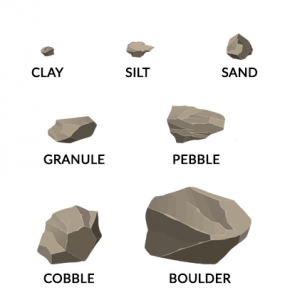
If you want to classify a sedimentary rock, you’ll have to know the size of the sediments.
After all, these are the sediments that compact, cement and are the constituents of sedimentary rocks.
We use the Wentworth scale to classify sediments based on particle size diameter:
- Boulder: >256 mm
- Cobble: 64 – 256 mm
- Pebble: 4 – 64 mm
- Granules: 2 – 4 mm
- Sand: 2 – 0.0625 mm
- Silt: 0.0625 – 0.0039 mm
- Clay: <0.0039 mm
What are clastic sedimentary rocks?
If you take the term “Clast”, all it means is just sediments. So clastic rocks form from compacted sediments.
Also, clastic rocks are inorganic. In other words, they don’t contain any living material.
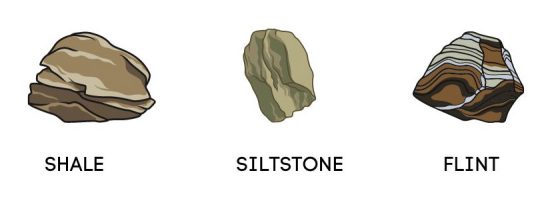
There are different types of clastic rocks. For example, we can branch off into conglomerate, breccia, sandstone, siltstone, and shalestone rocks.
- “Conglomerate” have a variety of size in sediments such as boulders, sand, and clay. One key characteristic is they are rounded and smoothed.
- “Breccia” also has different size sediments all compacted and cemented together. Instead of being rounded, sediments are jagged.
- “Sandstone” are clastic sedimentary rocks that have compacted sand grains.
- “Siltstone” is compacted silt.
- “Shalestone” is compacted clay particles.
What are organic and crystalline rocks?
Organic and crystalline rocks don’t necessarily form from compacted sediments. Instead, it involves some type of chemical process.
- “Evaporates” are crystalline rocks that form from evaporation. For example, this process occurs in oceans, lakes, or other standing bodies of water. It has salt dissolved in it. When seawater evaporates, it stays in the form of rock salt crystals. For example, gypsum, anhydrite, and halite are evaporites.
- “Precipitates” are crystalline but do not involve evaporation. It involves precipitation and crystallizes at the bottom of a body of water.
- “Biological matter rocks” or “bioclastic rocks” formed from compacted biological materials. For example, coal forms from compacted plant remain. There are also rocks that form from shells which are compacted sea creatures.
A summary of sedimentary rocks
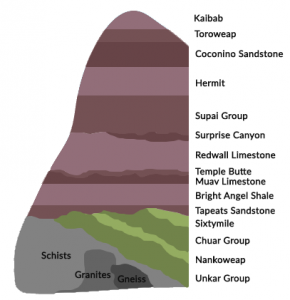
Sedimentary rocks like shale, limestone, and sandstone form from pre-existing rocks. If you start with sand, mud, or organic material, these sediment deposits get eroded and transported over time.
This happens because shorelines move back and forth compacting material below like a steam roller. The new layers of sedimentary rock are on top and the older layers are on the bottom.
Like glue, each successive layer cements over tens of millions of years. For example, the Grand Canyon has stacks of sedimentary rocks dating back to 2 billion years ago.
When you look at the layers of Rick at the Grand Canyon, you can read them like a book. Each layer of sedimentary rock is like a chapter in the history of the Earth.



